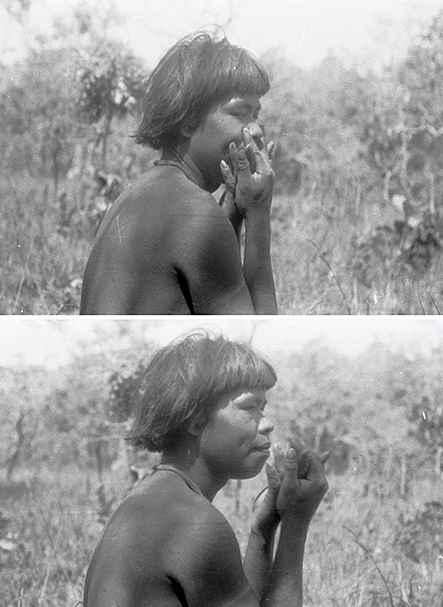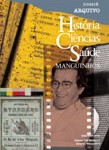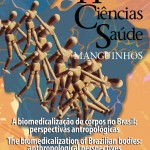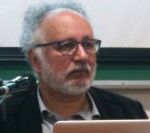February 2020
In Scientific Expeditions and Collections: Two examples in twentieth century Brazil Heloisa Maria Bertol Domingues, from the Museu de Astronomia e Ciências Afins (MAST), and Magali Romero Sá, from Casa de Oswaldo Cruz (COC/FIOCRUZ), analyze the meaning of the collections gathered in two series of scientific expeditions carried out in Brazil from the early to the mid-twentieth century.

An indigenous boy uses his fingers to imitate the sound of a bird. Photo by Luiz de Castro Faria, 1938. MAST archives.
The article published in the last version of the journal Asclepio (71 (2), jul-dec 2019) presents the collections gathered during the so-called Rondon Commission, that comprises, in fact, several expeditions held between 1907 and 1915 at the beginning of the republican period in Brazil, a period strongly marked by positivist thinking.
“The main objective was to construct telegraph lines in order to create intercommunication between the various states of the country and these with the federal capital and, or the world”, observes.
The authors approach the expeditions led by the anthropologist Luiz de Castro Faria, during the 1940s and 1950s, along the coast of the country, from Rio Grande do Sul to Bahia. Also to be considered as part of these series is the well-known expedition to the Serra do Norte, in Mato Grosso, in 1938, whose head was Claude Lévi-Straus and of which Castro Faria participated as representative of the National Museum and of the Council of Inspection of the Artistic and Scientific Expeditions.
The collections assembled in both series of expeditions were destined for the National Museum of Rio de Janeiro.
Read the full article available in Asclepio (71(2), jul-dec 2019) here.
Read in HCS-Manguinhos:
Sá, Dominichi Miranda de, Sá, Magali Romero and Lima, Nísia Trindade. Telegraphs and an inventory of the territory of Brazil: the scientific work of the Rondon Commission (1907-1915). Jul.-Sep. 2008 vol.15 n. 3









